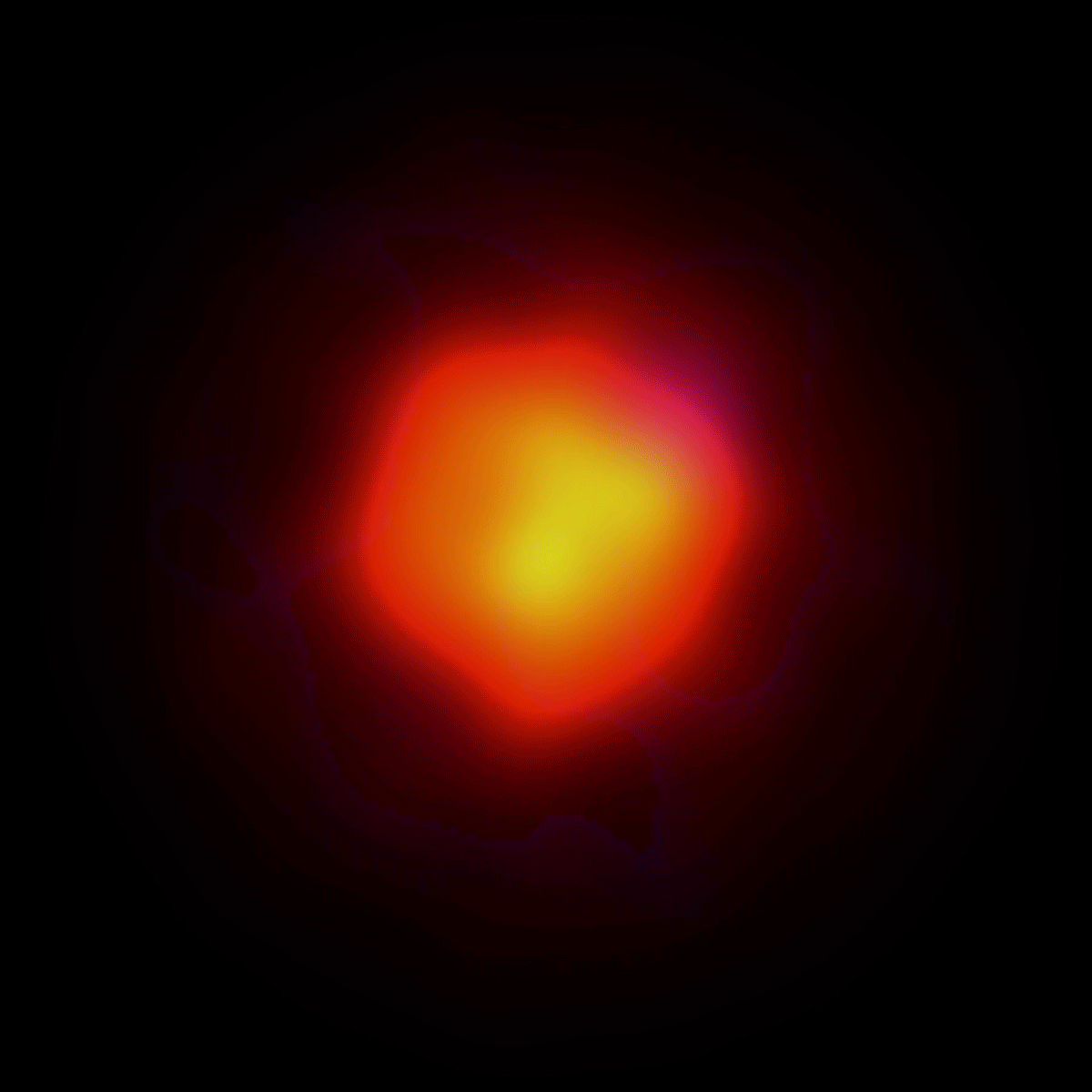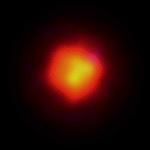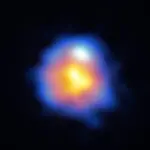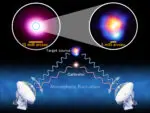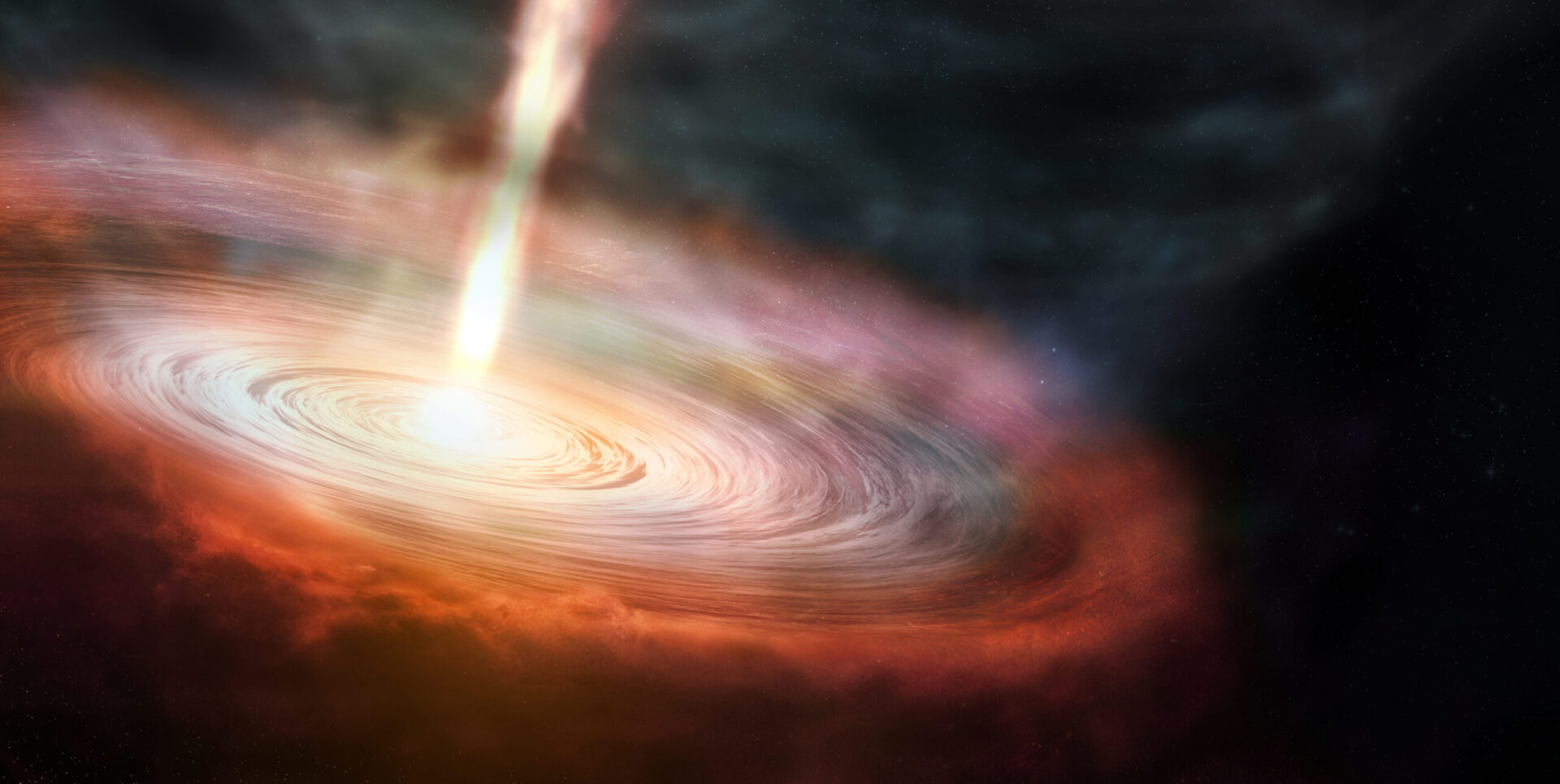ALMA Achieve Unprecedented Resolution to Observe the Universe
The Atacama Large Millimeter/submillimeter Array (ALMA) has once again demonstrated its unparalleled ability to push the boundaries of astronomical observation. An international team of astronomers and engineers has successfully conducted an observation that achieved an extraordinary resolution of 5 milliarcseconds, using ALMA's highest frequency Band 10 receiver and an array configuration that spans 16 kilometers. This shows ALMA can be used by astronomers to observe objects in detail equivalent to seeing a 10-meter-long bus on the Moon.
This groundbreaking observation allowed the team to capture unprecedented details of a maser1 around an evolved star within the Milky Way. The observations used an innovative Band-to-band (B2B) phase-referencing technique that significantly enhances ALMA’s high-frequency capabilities.
John Carpenter, Observatory Scientist, shared his enthusiasm for the successful operation: " It is very exciting to demonstrate the technical feasibility and scientific potential of high-frequency observations on ALMA's longest baselines."
Antonio Hales, North American ALMA Regional Center Deputy Manager and part of the science team, reflected on the implications of this result: "Achieving this unparalleled resolution through the Band-to-band method has pushed ALMA's capabilities to their absolute limit, opening a new window for astrophysics. This allows astronomers to probe phenomena with a precision that was once beyond our reach.”
Yoshiharu Asaki, the ALMA Astronomer who led this project, highlighted the collaborative effort: "This remarkable achievement in high-resolution imaging through ALMA's advanced capabilities marks a significant milestone in our quest to understand the Universe. The success of the Band 10 high-resolution observation showcases our commitment to innovation and reinforces ALMA's position as a leader in astronomical discovery. We are excited about the new possibilities for the scientific community."
“These observations, showcasing the highest resolution that ALMA can attain, is a great example of what the hard work and dedication of international collaboration can achieve, including the many people behind the scenes” celebrates Luke Maud, ALMA Regional Center (ARC) Scientist from the European ARC, part of this project, and Principal Investigator in a precursor technical paper. He adds that “the band-to-band mode, facilitating more high-frequency observations and allowing us to reach the highest spatial resolution, lays the groundwork for a new era of discoveries.”
The observations represent a pivotal step forward in radio astronomy and are evidence of the international collaboration that makes such scientific advancements possible. "We continue to advance ALMA's capabilities to unveil the Cosmos' mysteries, now with a sharper eye than ever," concluded John Carpenter.
Additional Information
Precursor technical work was published in: “ALMA High-frequency Long-baseline Campaign in 2019: Band 9 and 10 In-band and Band-to-band Observations Using ALMA's Longest Baselines” by L. T. Maud, Y. Asaki et al., in the Astrophysical Journal on August 2023 (DOI: 10.3847/1538-4365/acd6f1)
The results of this research will appear in “ALMA High-frequency Long Baseline Campaign in 2021: Highest Angular Resolution Submillimeter Wave Images for the Carbon-rich Star R Lep” by Y. Asaki et al., in the Astrophysical Journal on November 15, 2023 (DOI:10.3847/1538-4357/acf619).
This announcement is based on the original Press Release by the National Astronomical Observatory of Japan (NAOJ).
ALMA is a partnership of ESO (representing its member states), NSF (USA), and NINS (Japan), together with NRC (Canada), NSTC and ASIAA (Taiwan), and KASI (Republic of Korea), in cooperation with the Republic of Chile. The Joint ALMA Observatory is operated by ESO, AUI/NRAO and NAOJ.
Images, Videos and Animations
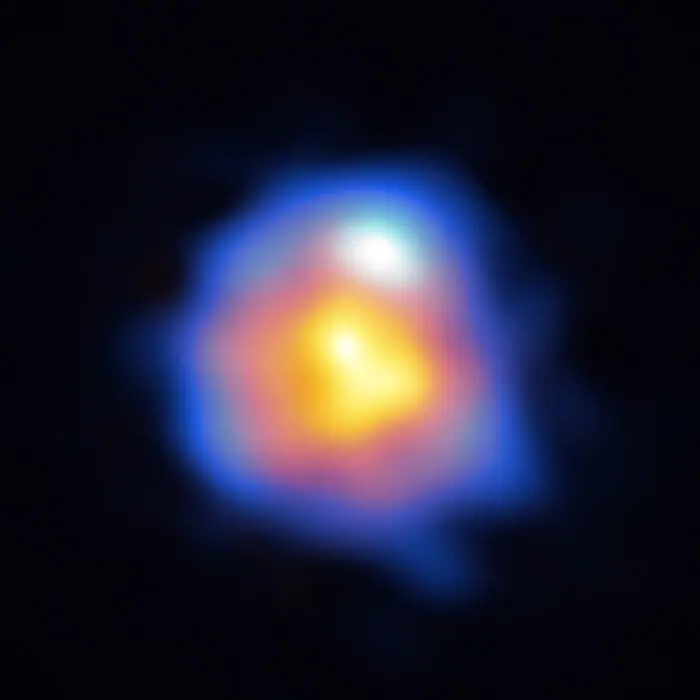
Credit: Y. Asaki & N. Lira – ALMA (ESO/NAOJ/NRAO)
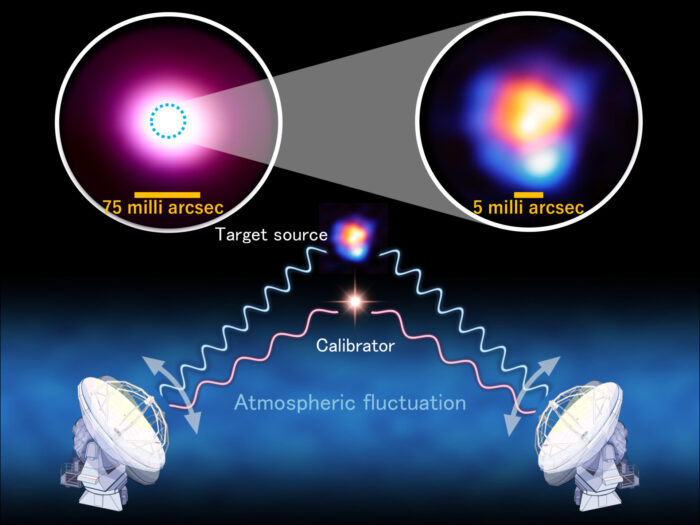
Note
- A maser is an astronomical phenomenon where molecules in space emit intense, focused beams of microwave radiation. These natural masers often occur in star-forming regions or around dying stars, where certain conditions cause molecules like hydrogen cyanide to release energy coordinatedly. This creates a powerful microwave signal that astronomers can detect and analyze to understand distant cosmic environments' physical conditions and dynamics. ↩︎
Contacts
-
Nicolás Lira
Education and Public Outreach OfficerJoint ALMA Observatory, Santiago - ChilePhone: +56 2 2467 6519Cel: +56 9 9445 7726Email: [email protected] -
Naoko Inoue
EPO officer, ALMA ProjectNational Astronomical Observatory of Japan (NAOJ)Email: [email protected] -
Bárbara Ferreira
ESO Media Manager -
Jill Malusky
Public Information Officer
